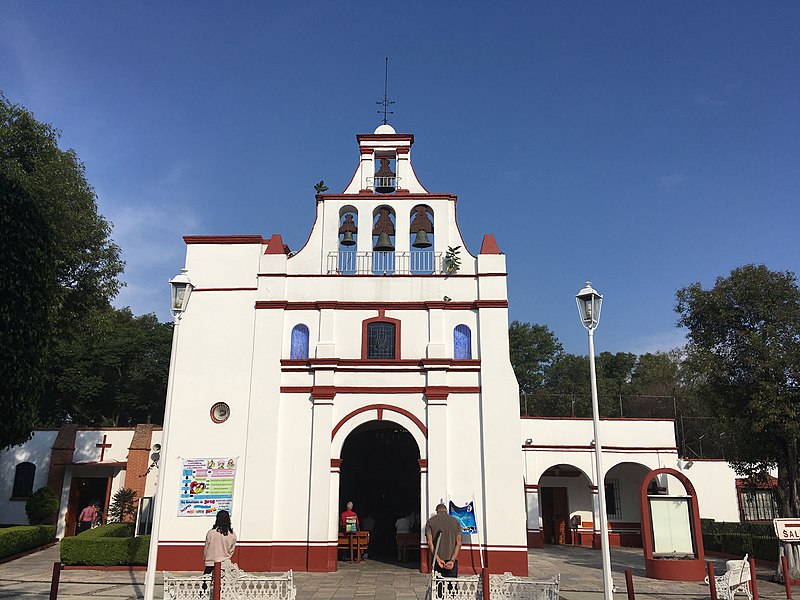
_
Tlacopac is a fascinating neighborhood in Mexico City. Just north of beloved San Ángel, a major battle during the 1847-48 US invasion took place. Several Irish soldiers from the famous Saint Patrick’s Battalion who were executed nearby had been interred here. Barranca del Muerto, and the ghastly “ravine of death,” or the memory of it at least, are also just to the north.
But Tlacopac is one the ten original settlements of Álvaro Obregón. The Nahuatl name could be loosely translated as “place of sticks in the middle of the water.” The neighborhood was for many years known as Campreste, meaning simply “the country.” But recent years have seen a demand for the use of the original name.
The original settlers were Nahuatl speakers who’d settled on the north of the San Angel River. Although not known for sure, they arrived long before the Spanish. Toward the end of the 16th century, the Spanish established a number of wheat fields in the area. And like in San Ángel, much of the area was used for orchard farming.
The Church of the Immaculate Conception was build as a dependency of the San Jacinto Church and Monastery. Facing west, it was long dedicated to the Assumption. In 1966, the dedication was changed to “Conversion of Saint Paul.” In 1987, it was again changed to the “Purísima Concepción.” The church is the only historic monument preserved from the old village. The Carmelites built it replace a temple erected prior to 1600. Originally of a nave with presbytery, it’s known to have had churrigueresque altarpieces. These were replaced by altars of cedar, but the present altar is of granite.
The main façade has a semicircular enclosure that rests on the jambs of a Doric capital. These then support the entablature. The top of the façade is then bedecked with belfry arches. The base of a bell tower stands to the north but was never completed. In 1999, a Celtic cross memorial an plaque were erected in the atrium.
In the mid-nineteenth century, industrial development in and around San Ángel drew many more settlers to the area. An 1866 rail line passed just to the east and this further spurred growth. Streetcars ran from 1900 until 1979. Although the early 20th century still saw the village poor, towards the end of the Mexican Revolution a boom in growth came from German immigrants settling in the area. Many intellectuals, professionals, and artists built residences in the 1930s.
One can still sense the age of the neighborhood in some of the cobblestone streets, especially with a map. You then see how many homes are connect by alleyways and walk ways. The neighborhood of Tlacopac is a few blocks directly north of the Casa Estudio Diego Rivera & Frida Kahlo. It’s also directly west of Avenida Revolución
 colonosdetlacopacsanangel@gmail.com
colonosdetlacopacsanangel@gmail.com
 55 5404 4158
55 5404 4158
 https://www.facebook.com/coloniatlacopac/
https://www.facebook.com/coloniatlacopac/
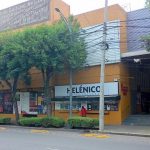
Nearest at 0.28 kms.
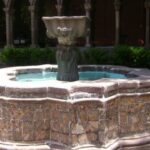
Nearest at 0.33 kms.

Nearest at 0.62 kms.
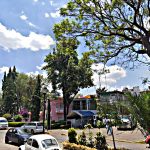
One of the original settlements and a great walking neighborhood...

An ancient, rugged town in Mexico City's highlands...
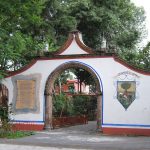
An ancient neighborhood in Álvaro Obregón...
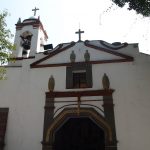
An ancient town still gives up secrets...
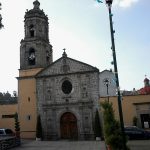
A church that remains from the time of Vasco de Quiroga...